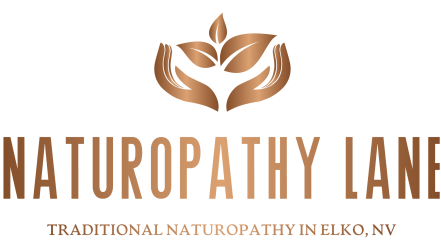Ginger, scientifically known as Zingiber officinale, is a flowering plant that belongs to the Zingiberaceae family. It has been used for centuries in various cultures for its medicinal properties and culinary contributions. The rhizome, or underground stem, of the ginger plant is the most commonly used part for its health benefits.
The active constituents in this herb responsible for its medicinal properties include gingerol, shogaol, paradol, and zingerone. These constituents are known for their anti-inflammatory, antioxidant, and anti-nausea effects. Ginger is commonly used in naturopathic medicine to alleviate symptoms of nausea, indigestion, and muscle pain. Additionally, it has been used to support overall digestive health and boost the immune system.
Recent research into the functions of ginger has highlighted its potential applications in managing various health conditions. Studies have shown promising results regarding its anti-inflammatory effects, suggesting that it may be beneficial for individuals suffering from conditions such as osteoarthritis and rheumatoid arthritis. Furthermore, ginger’s potential to reduce muscle pain and soreness after physical activity has sparked interest in its use among athletes and fitness enthusiasts.
In conclusion, ginger holds significant promise as a natural remedy with diverse applications in naturopathic medicine. Its active constituents and historical use make it a valuable component of herbal remedies and dietary supplements. As ongoing research continues to unveil the full extent of ginger’s health benefits, it is important to recognize its potential to positively impact various aspects of well-being. I hope this information helps shed light on the multifaceted nature of ginger and its contributions to natural medicine.
Further Reading on Natural Medicine:
Herbs: Catnip Lily of the Valley Rosemary Valerian Root Walnuts



